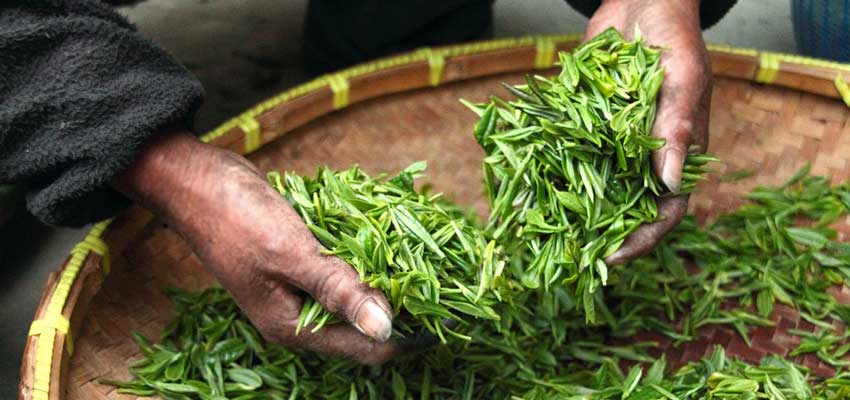Regulation (EU) 2020/2040 now sets maximum levels for certain pyrrolizidine alkaloids (PAs) in certain foods for the first time.
Pyrrolizidine alkaloids are natural plant constituents. Over 6,000 plants are known to protect themselves from predators with these compounds, including medicinal and culinary herbs such as borage. The substance group comprises several hundred compounds. According to the new regulation, 21 substances must be recorded in residue monitoring, as well as 14 other alkaloid compounds, which are also recorded depending on the analysis method.
The following foods or food groups are affected:
- Tea (Camellia sinensis)
(differentiated, 1 µg/kg (for infants and young children) - 150 µg/kg) - Herbal teas (differentiated, 1 µg/kg (for infants and young children) - 400 µg/kg)
- Herbal food supplements including extracts (400 µg/kg)
- Pollen-based food supplements, pollen and pollen products (500 µg/kg)
- dried herbs (differentiated 400 or 1000 µg/kg))
- cumin (400 mg/kg)
- borage leaves (fresh or frozen) 750 µg/kg.
The specifications with regard to the test parameters and maximum residue limits are complex, which is why we would like to refrain from a comprehensive presentation here and refer to the text of the regulation itself.
The establishment of maximum residue limits in the case of borage (dried) and borage (fresh and frozen) does not appear to be completely conclusive if the usual processing factors for drying are assumed.
Investigations for PA residues are currently still being commissioned by AGROLAB from accredited partner institutes.
Read more:
Author: Dr. Frank Mörsberger

 Contact
Contact

 Contact
Contact Career
Career